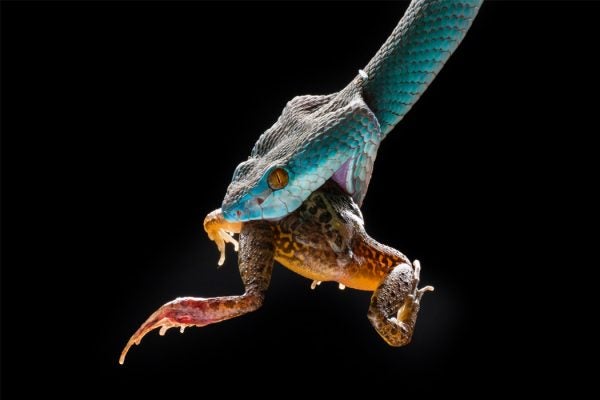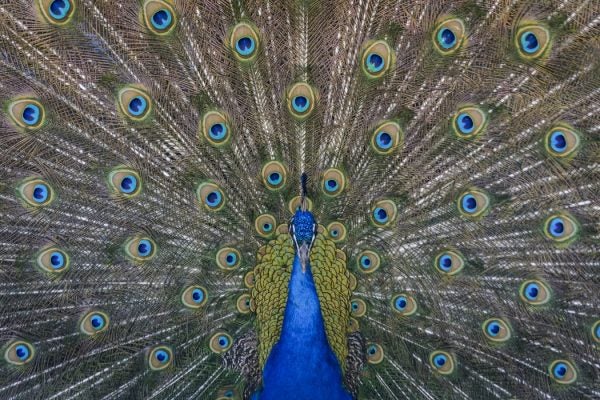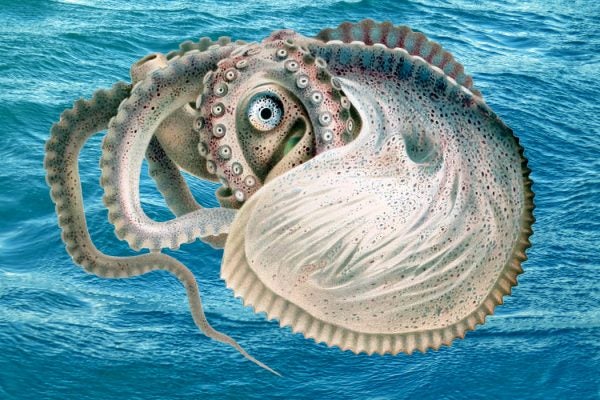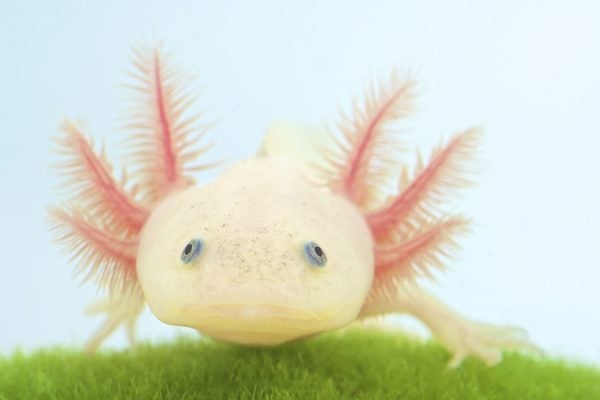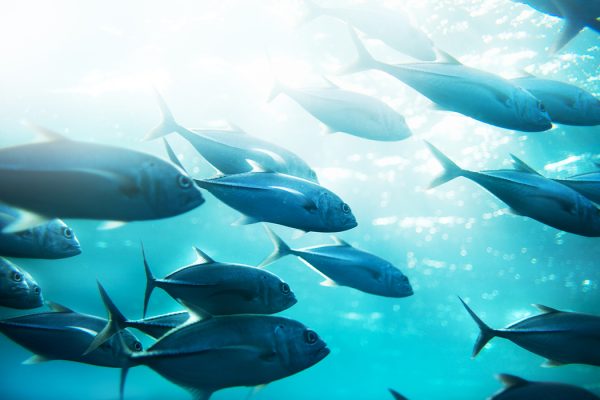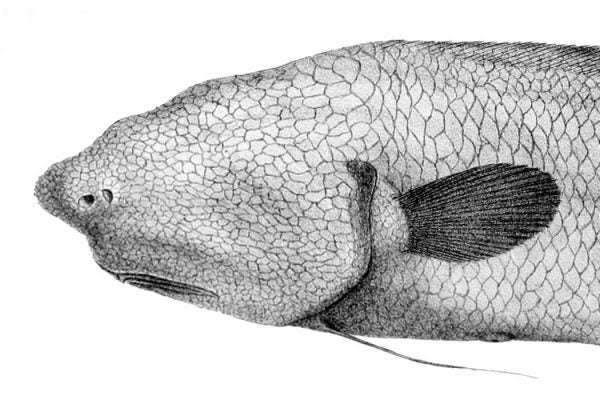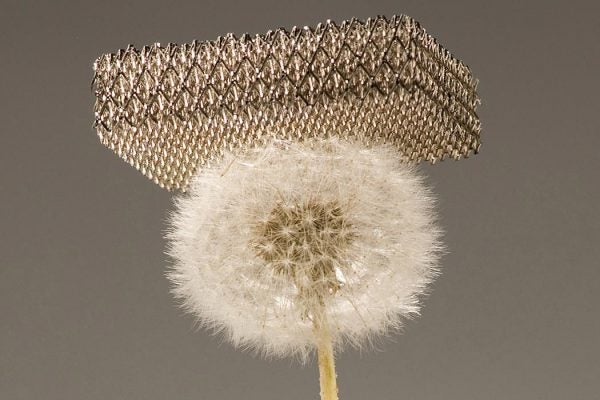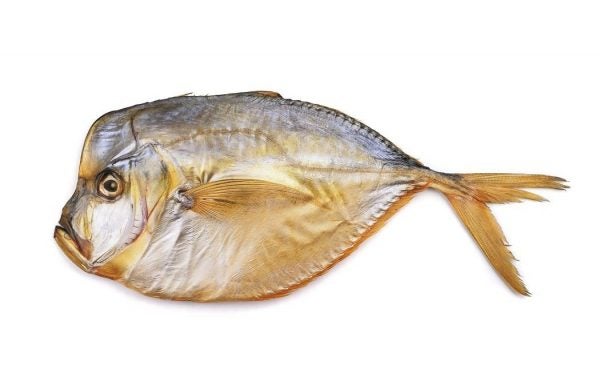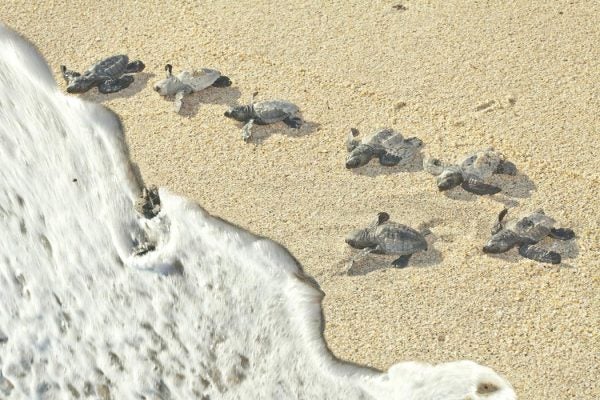How Snakes Swallow
A snake’s ability to swallow enormous prey has long been a source of fascination, but the common explanation that they dislocate their jaws is a myth.
Green Birds Aren’t Really Green
Some of the most dazzling coloration you see in birds doesn’t actually exist.
Paper Nautilus, Octopus of the Open Sea
Why the argonaut, or paper nautilus, may be your new favorite cephalopod.
The Science of Fevers
Trying to bring down that fever? Studies show that most fevers are actually integral to effective immune responses.
The Race to Save the Axolotl
When an axolotl loses a limb, it regrows, and nary a scar remains. But this incredible creature is on the brink of extinction.
What Makes Fish Swim Fast
How do fish swim? Having fins and tails help, But it takes more than that to be fast and avoid danger. Diving into fish physics.
How Can A Fish Not Have a Face?
From the "weird science" files: A research vessel off the coast of New South Wales in Eastern Australia hauled up a fish that did not seem to have a face.
Microlattice: The World’s Lightest Metal
Boeing has developed a metal microlattice, a strong material mostly composed of air.
The Opah Fish is Warm-Blooded!
The Opah fish, or moonfish, is actually warm-blooded.
Baby Sea Turtles and the “Lost Year”
Scientists have a way to follow baby sea turtles during their frantic first hours of life.
